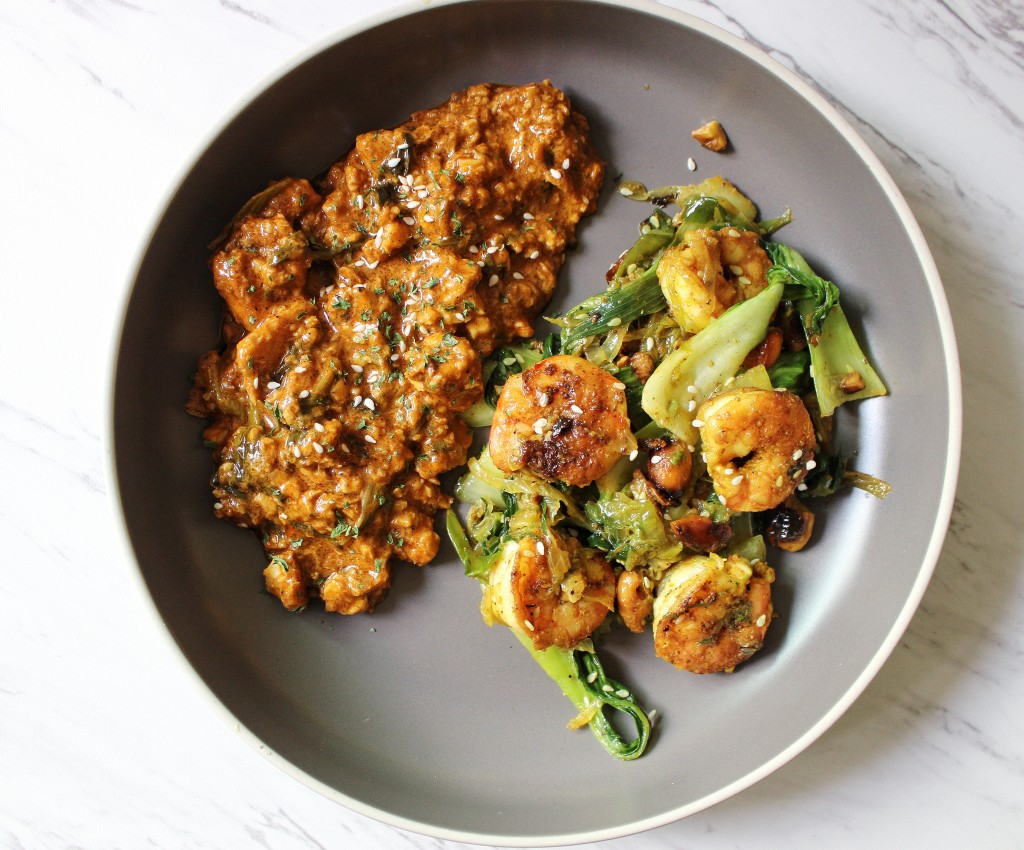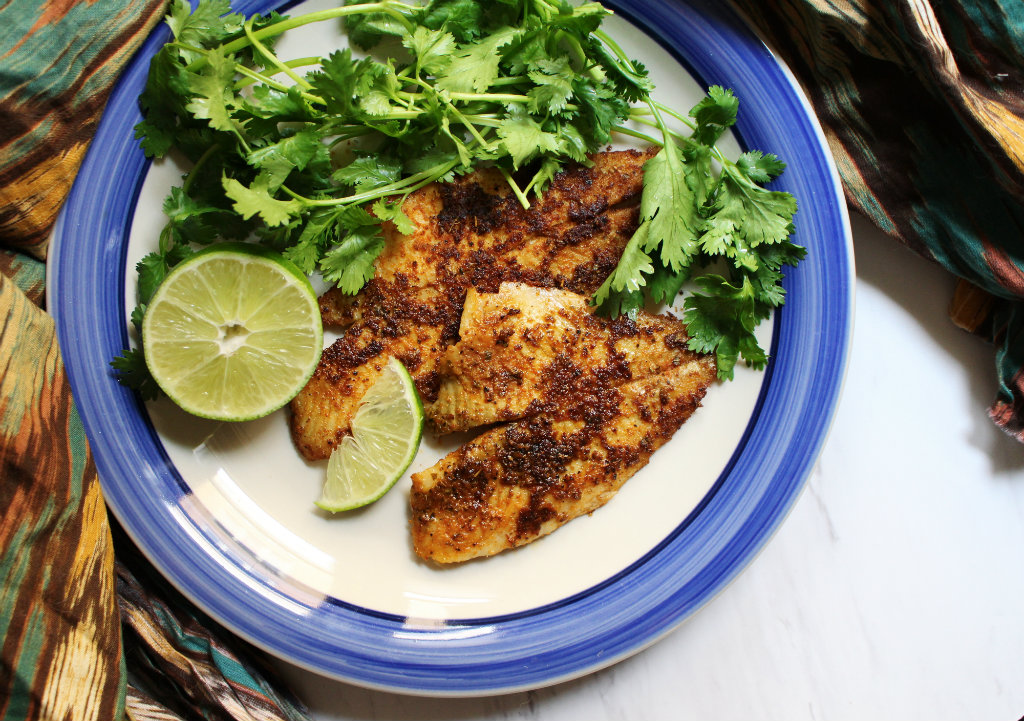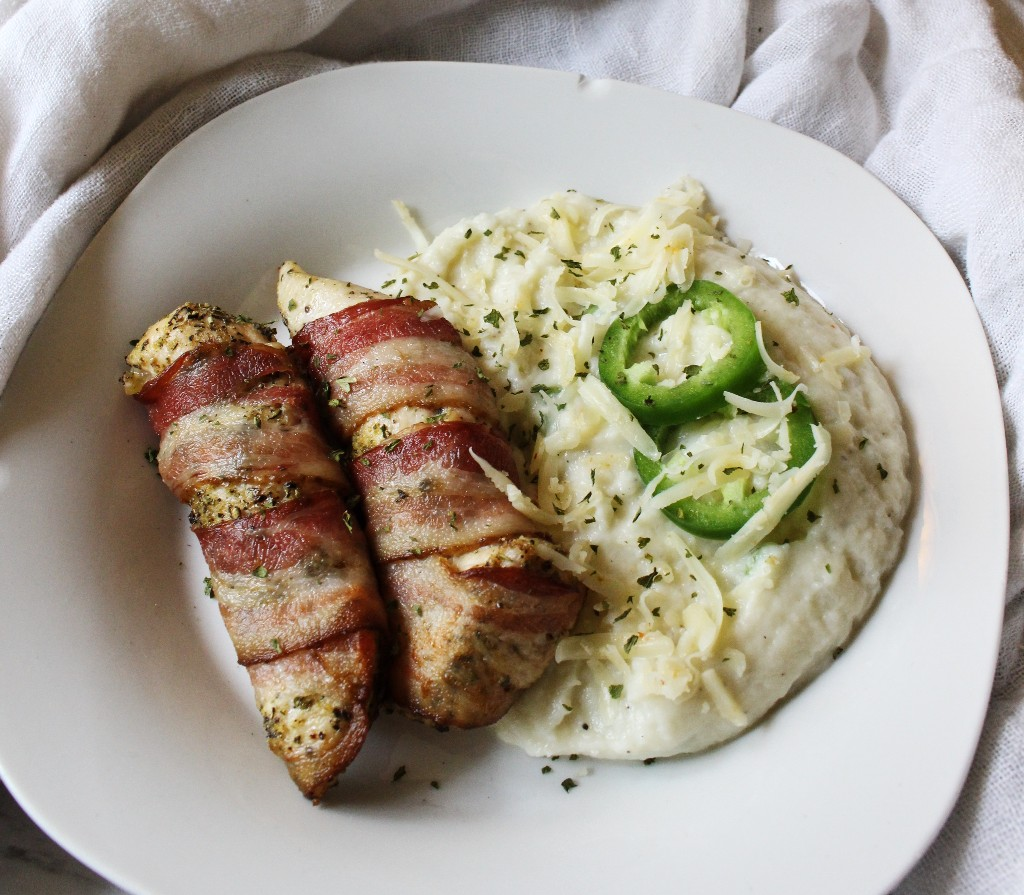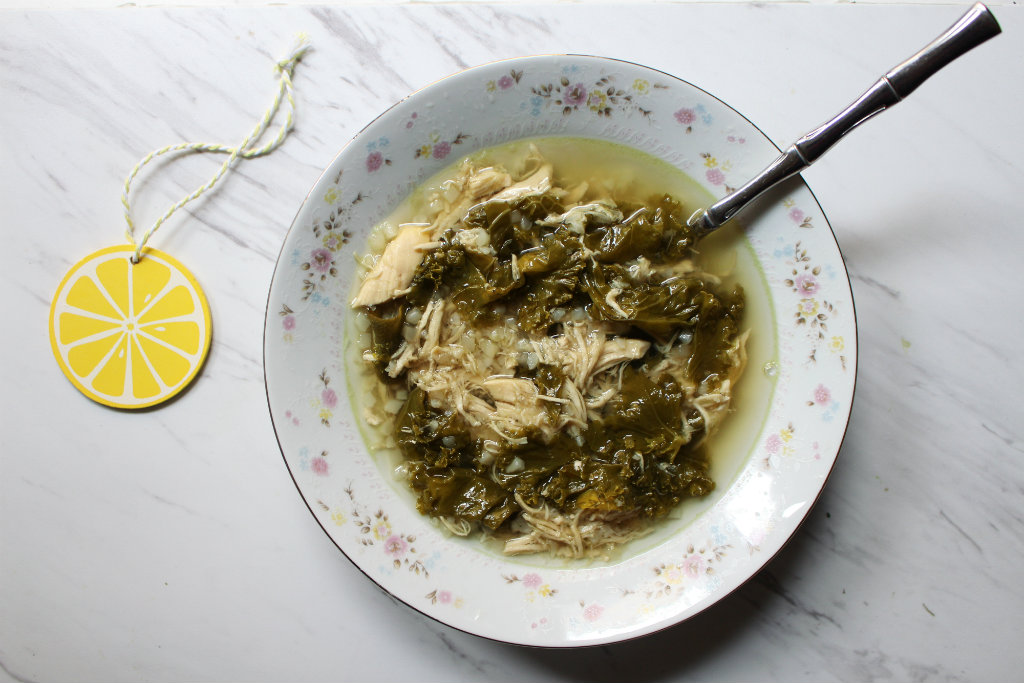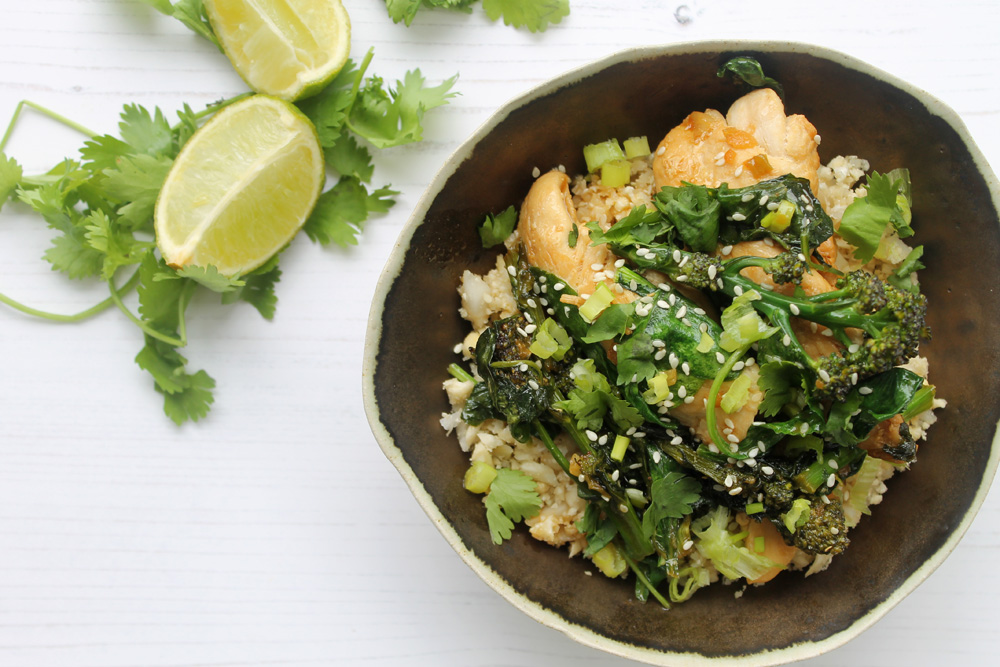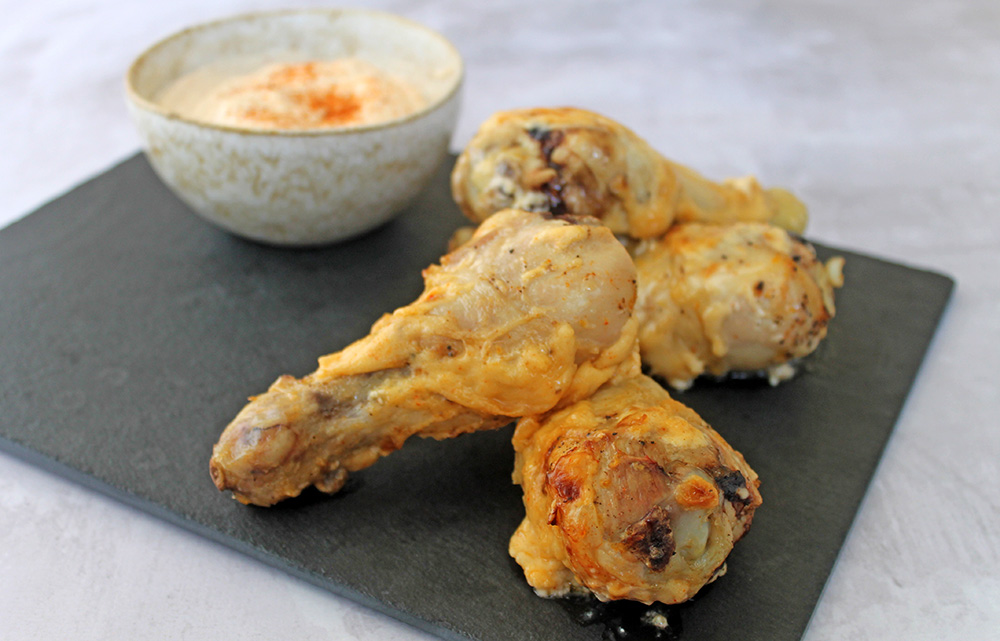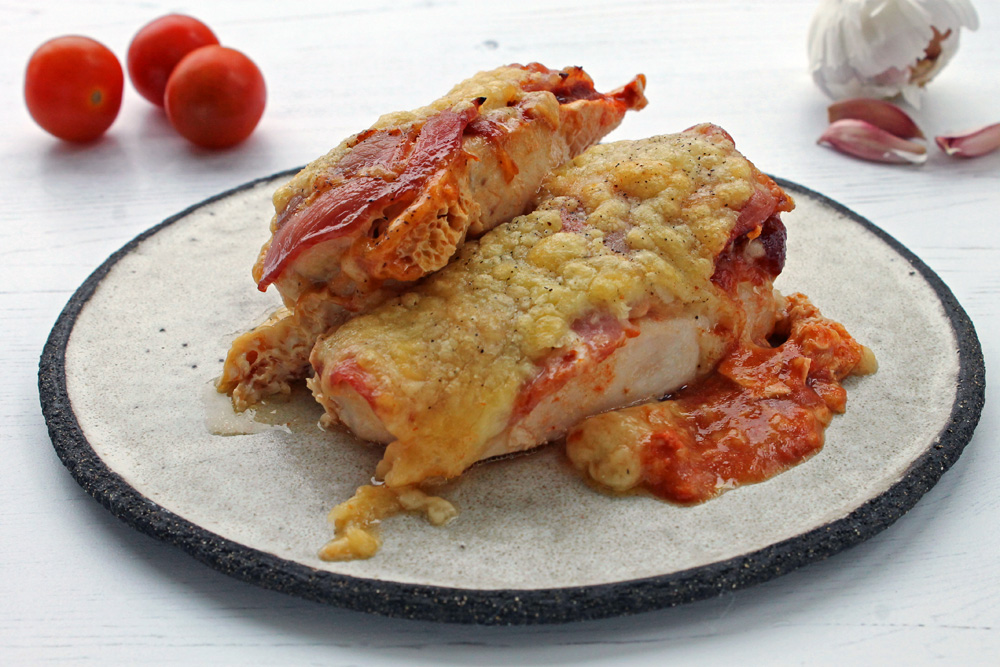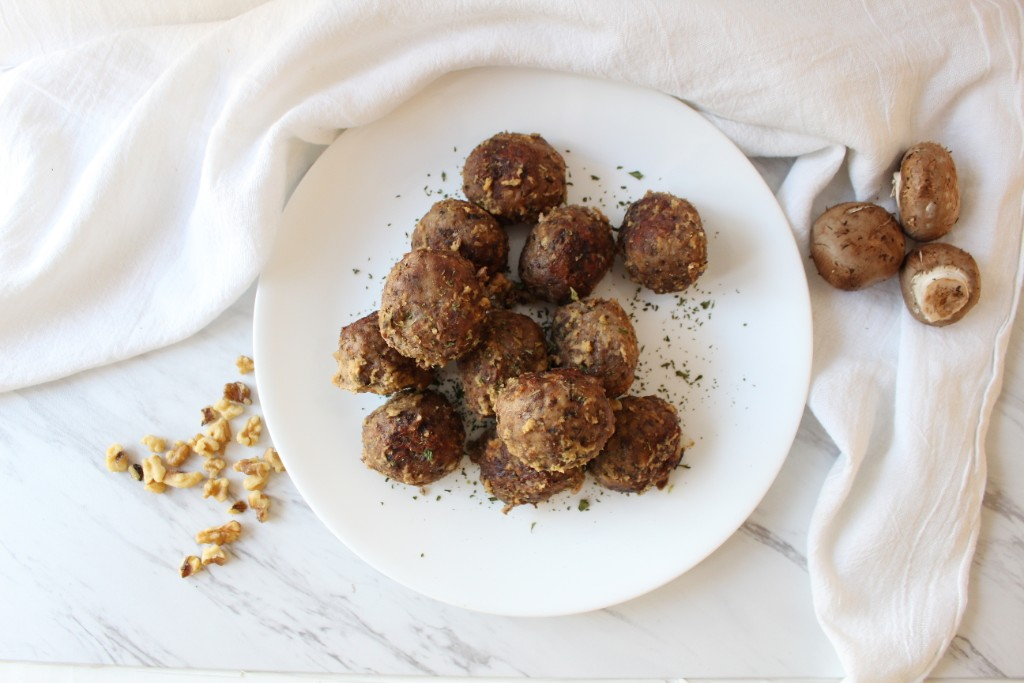About
It’s really important to keep variety in your diet, especially if you’re limiting your food choices for the Keto diet. To add rotation to your protein sources, try this seafood meal that uses swai (also known as Asian catfish) and jumbo shrimp. The Asian catfish is marinated in a thick layer of spices and cooked to a blackened char on your stove. A thick broth of chicken, tomato, butter, coconut milk, and garlic is the base of the curry. The fish stews in the mild, red curry to absorb all the flavors before served with a hot shrimp salad. The Keto hot salad is served warm and isn’t ‘spicy’ at all. Plump shrimp are also marinated in a blend of curry-inspired spices before cooked with cashews and served over a bed of healthy Keto greens. You can store both completed components of the meal in meal prep containers or tupperware in your refrigerator for up to 3 days. Just microwave the meal to reheat it.
What Makes A Curry?
Curries are most popular in Asia, but the styles can vary depending on the country you’re sampling the cuisine from. Traditional curries start with a thick, flavorful paste that is usually red, green, or yellow. For your convenience, you’ll be making a shortened version of what traditional curry is without skipping on any of the flavors. Eastern cuisines are more likely to use coconut milk to thicken a curry, which is low carb and Keto-friendly. Letting all the flavors in a pot melt together is what makes a great curry.
Not All Coconut Milk Is The Same
For this recipe, you cannot use the coconut milk that you purchase for drinking at the grocery store. That style is far too watered down. Choose canned coconut milk for this recipe, which you can find in baking aisles or in the international aisle at your grocery store. This style of coconut milk is thicker and has more fiber, which is the good type of carbohydrates you want to consume! Don’t shake your can of coconut milk. Use as much of the cream that rises to the top first before using any liquid.
Ingredients
- 10 oz swai white fish fillets
- ½ teaspoon olive or extra virgin olive oil
- ¼ teaspoon salt
- ¼ teaspoon black pepper
- 1 teaspoon curry powder
- ½ teaspoon ginger ground dry
- ½ teaspoon paprika
- ½ teaspoon chili powder
- 10 large raw shrimp
- ¾ oz cashews, raw
- ½ teaspoon olive or extra virgin olive oil
- ¼ teaspoon salt
- ¼ teaspoon white pepper, ground
- ½ teaspoon curry powder
- ¼ teaspoon turmeric, ground
- ⅛ teaspoon onion powder
- ¼ teaspoon garlic powder
- 2 cup chicken broth
- ½ each – juice from one lemon lemon juice
- 1 tablespoon tomato paste
- 4 tablespoon butter, unsalted
- 2 tsp, chopped garlic
- ⅓ cup canned coconut milk
- 1 ½ oz bok choy
- 2 teaspoon olive or extra virgin olive oil
- 3 ½ oz bok choy
- 4 oz shredded lettuce
- ⅛ teaspoon salt
- ⅛ teaspoon black pepper
- 1 tsp, whole pieces sesame seeds
- ½ oz scallions
- ½ tablespoon olive or extra virgin olive oil
Instructions
- Prepare the swai for marinating by patting the fillet(s) dry with paper towels. Rub the first amount of olive oil into the fish, and season the flesh with salt, pepper, curry powder, powdered ginger, paprika, and chili powder. Gently press the seasonings into the fish, and set the fish aside in a clean dish to marinate for at least 1 hour in your refrigerator. Otherwise, simply set the fish aside while you prepare the shrimp next.
- Peel and devein the shrimp, and add the shrimp to a mixing bowl. To the mixing bowl, add chopped cashews, olive oil, salt, white pepper, curry powder, turmeric, onion powder, and garlic powder. Toss the mixing bowl until the shrimp and cashews are coated in oil and spices. It’s recommended you marinate the shrimp for at least 1 hour alongside the swai, but you may continue directly onto the next step if you’re short on time.
- When you’re ready to cook, get the fish curry started first. Start heating a pan or pot large enough to make the curry over high heat without any oil. When the pan is hot, place the fish in the pan seasoned side down. Let the fish cook undisturbed until the spices blacken and the fish naturally releases from the pan with a spatula. Flip the fish over, reduce the heat, and continue cooking until the other side is cooked to blackened as well. Set the cooked fish aside to rest and cool for later.
- Return the large pan you used to your stove, and pour the chicken broth and lemon juice into the pan. Heat the liquids on the stove until they reach a boil. Reduce the heat to a simmer, and add tomato paste and butter to the pan. Let the ingredients emulsify as you stir the tomato paste and melting butter. Once you have a light red liquid in the pan, add minced garlic and place a lid over the pan. Let the pan bubble over medium-low heat for about 10 minutes.
- After 10 minutes, pour canned coconut milk into the pan. You can scrape the thicker coconut cream off the top of a can of coconut milk before using any liquid. Chop your cooked fish and return it to the pan. Slice the first amount of bok choy and add it to your curry as well. Stir all the ingredients together, cover with a lid, and stew the curry over a very low heat setting while you cook the remainder of the meal.
- Heat the third amount of olive oil in a non-stick pan over medium-high heat. Once the oil is hot, place the marinated shrimp and cashews in the pan. Let the shrimp cook on one side until they’re just golden. Then, flip the shrimp over and continue cooking to the same doneness on the second side. Gently toss the pan to keep the cashews from burning.
- Reduce the stove heat to a medium. Slice the second amount of bok choy and combine it with the shredded lettuce in the pan over the shrimp. Add salt, pepper, sesame seeds, chopped green onion, and the final amount of olive oil on top of the greens. Place a lid over your pan and let the greens cook down in the heat. After a few minutes, toss all the pan ingredients together and continue cooking until the bok choy and cabbage are wilted, bright green, and lightly fried in the oil.
- Before finishing, check that the curry has reduced to a thickened stew-like consistency. If on a low enough heat setting, the curry can stew for as long as 1 hour to develop the most flavor. Please stew the curry for a minimum of 20 minutes before serving. Serve about 6 ½ ounces curry with hot salad and about 5 pcs shrimp per portion. You can garnish the dish with green onion, sesame seeds, red pepper flakes, or dried chopped parsley.
Nutrition Facts
- Servings: 2
- Calories: 620.8kcal/2597.5kJ (per serving)
- Fat: 45.7g (per serving)
- Carbs: 15.9g (per serving)
- Protein: 41.8g (per serving)
